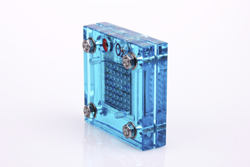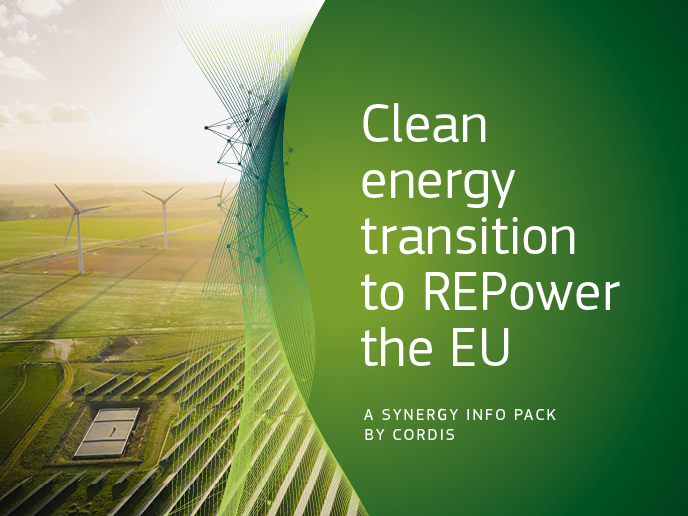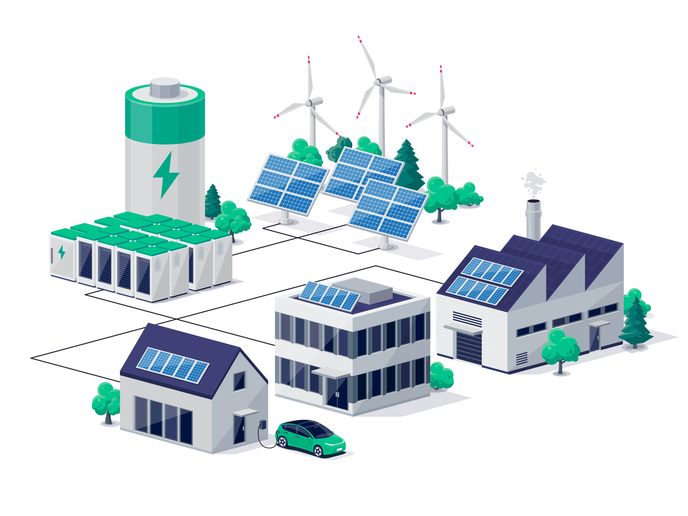Solid oxide fuel cells — green energy
SOFCs are regarded as highly promising devices for fuel generation and power production. They work cleanly and efficiently with both renewable and traditional sources of energy. An additional advantage is their effectiveness for converting the chemical energy in a fuel into electrical energy.The EU-funded 'Multiscale methods for segregation phenomena in solid oxide fuel cell materials' (FASTCELL) project evaluated advanced methods used for studying the segregation of impurities in SOFC cathodes. Segregation at the surface is important because it has an impact on the performance of the SOFC.The researchers looked at oxygen reactions at the cathode and their link to segregation. They looked for, and designed, new cathode materials to improve the SOFCs, and also developed algorithms to optimise microstructures.This project advanced the understanding of chemisorption on surfaces, and of relevant processes in electrochemical spectroscopy experiments. It also introduced several new tools to reduce errors. A paper published in 'Nature Chemistry' gave an account of the physical chemistry of the reactions in a fuel cell that took place on a nanoscale tip.Besides their relevance to the fuel and power industry, the results are applicable to applied catalysis of multiscale problems and catalysis of materials. As an added bonus, the project outcomes may also benefit scientists working in applied mathematics, materials science and electrochemistry.







